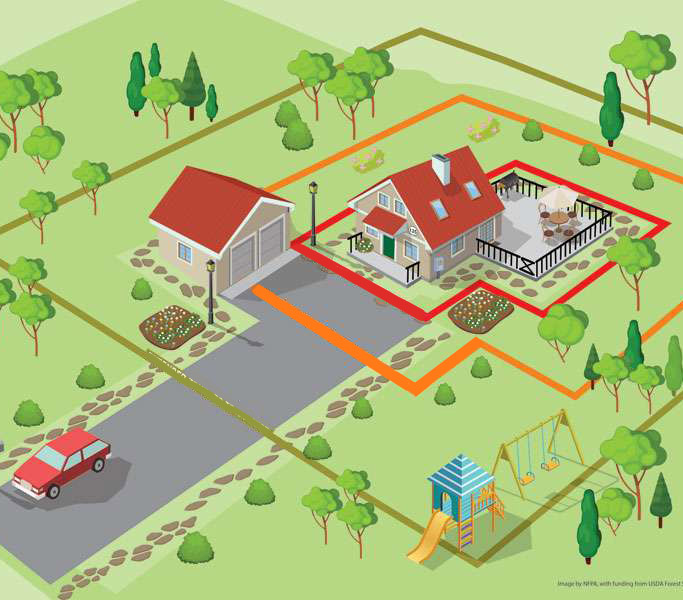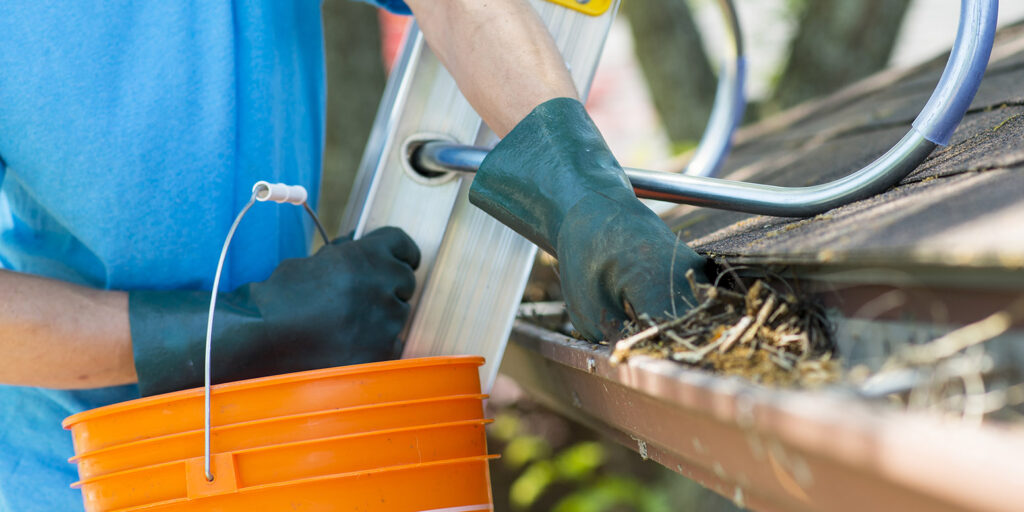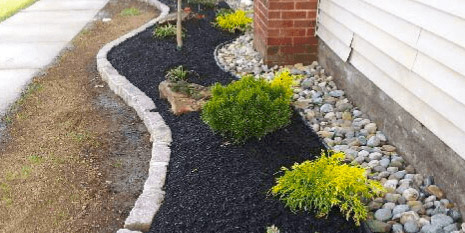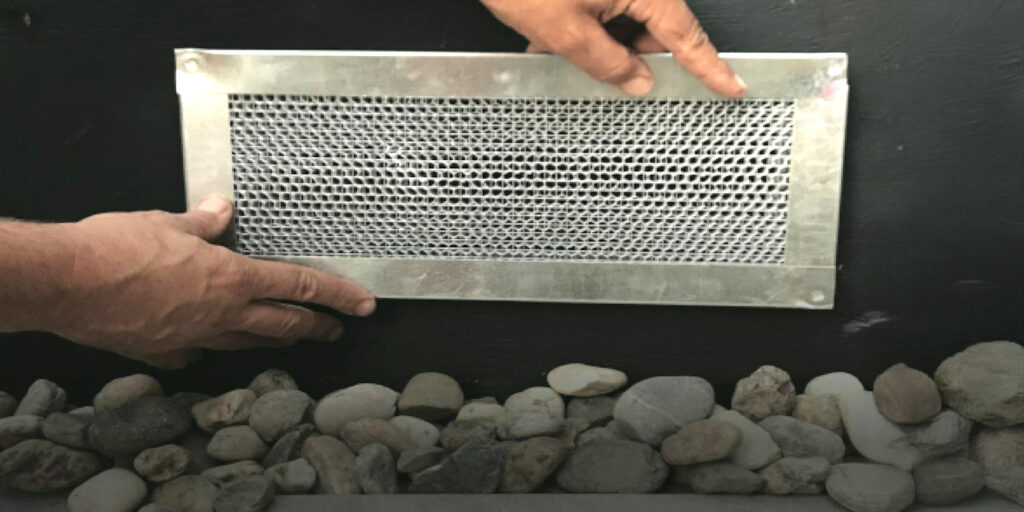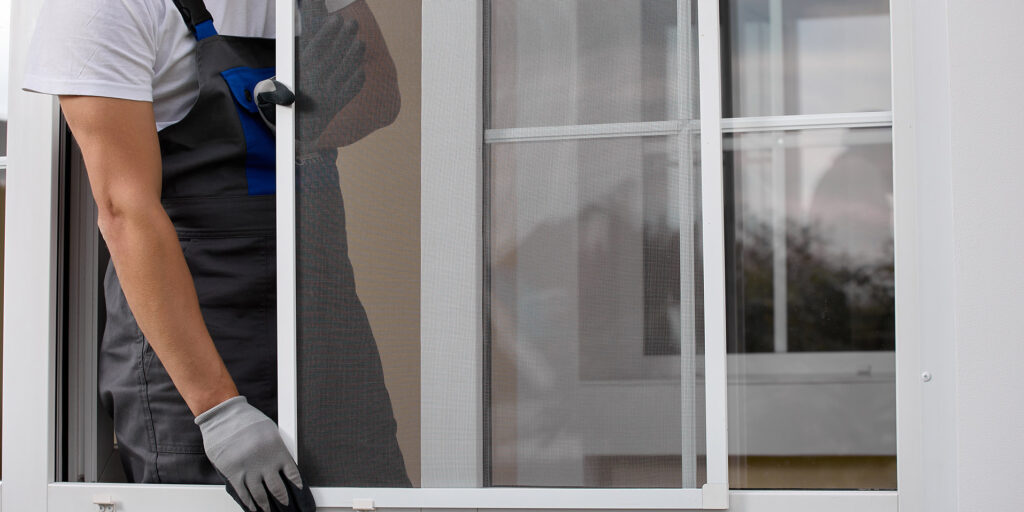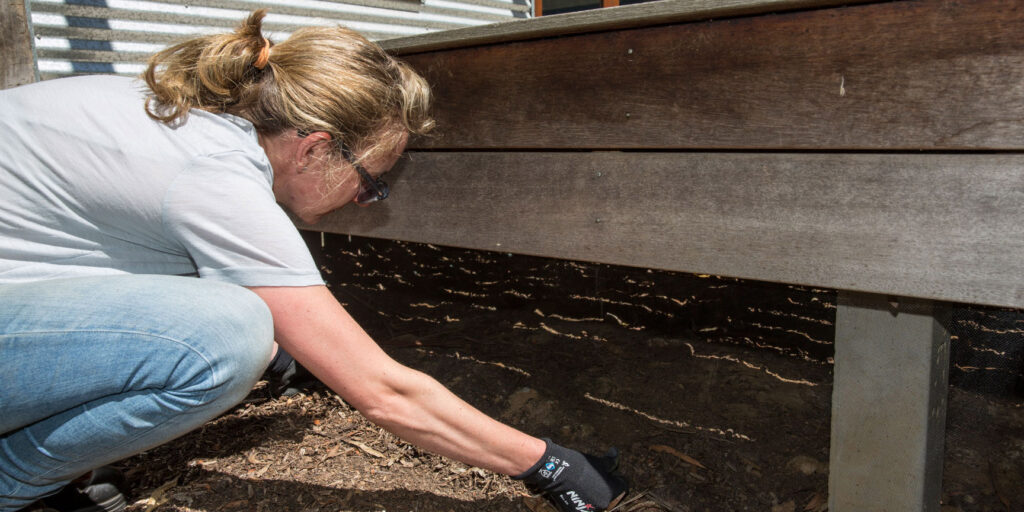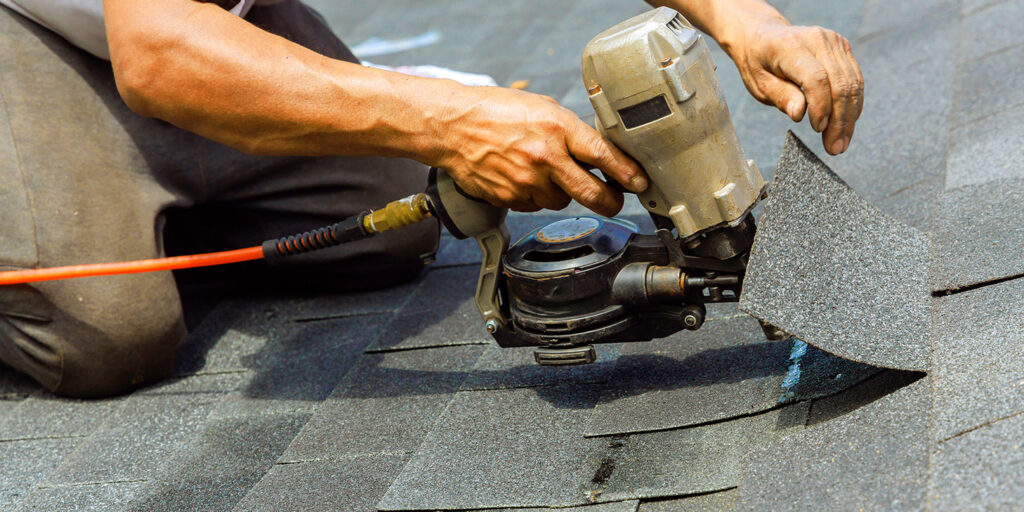WILDFIRE SMART at Home
Wildfires are a growing concern for homeowners in New Jersey, especially with the changing climate. In 2024 alone, 1,439 wildfires burned over 12,000 acres in the state. These fires can start suddenly, even after it rains, because the sandy soil, especially in the Pinelands, dries out quickly. Climate experts have found that the number of days with weather conditions that can lead to fires is increasing. This means the wildfire season could last longer and big fires might happen more often. Understanding these risks can help homeowners prepare and protect their homes from potential wildfires.

How to Prepare Your Home for Wildfires
Wildfire doesn’t have to burn everything in its path. In fact, cleaning your property of debris and maintaining your landscaping are important first steps to helping minimize damage and loss from wildfire. Follow these simple steps from roof to foundation to make a home safer from embers and radiant heat.
Employ careful landscaping or create breaks
- Clear vegetation from under large stationary propane tanks
- Create fuel breaks with driveways, walkways/paths, patios, and decks
- Keep lawns and native grasses mowed to a height of 4″
- Remove vegetation under trees so a surface fire cannot reach the crowns
- Prune trees up to 6-10′ from the ground; shorter trees should not exceed 1/3 of overall height
- Space trees to have a minimum of 18′ between crowns
- Keep mature canopy no closer than 10′ to the edge of the structure
- Limit tree and shrubs to small clusters
Keep flames smaller and on the ground
- Dispose of heavy accumulations of ground litter/debris
- Remove dead plant and tree material
- Remove small conifers growing between mature trees
- Remove vegetation adjacent to storage sheds or other outbuildings within this area
- Trees 30-60′ from the home should have at least 12′ between canopy tops
- Trees 60-100′ from the home should have at least 6′ between the canopy tops
